Tanya Byrd and Bahsid McLean Photo
In a startling court appearance, Bahsid McLean, a 23-year-old New York resident, faced a judge while donned in an unusual garb a garbage bag stemming from an equally disturbing accusation. McLean is charged with the heinous act of murdering and dismembering his mother, 45-year-old Tanya Byrd, a home health aide last seen alive just days before the gruesome discovery of her remains. This macabre case unfolded in the Bronx, where police found Byrd’s dismembered body distributed across several city blocks, concealed within plastic garbage bags.
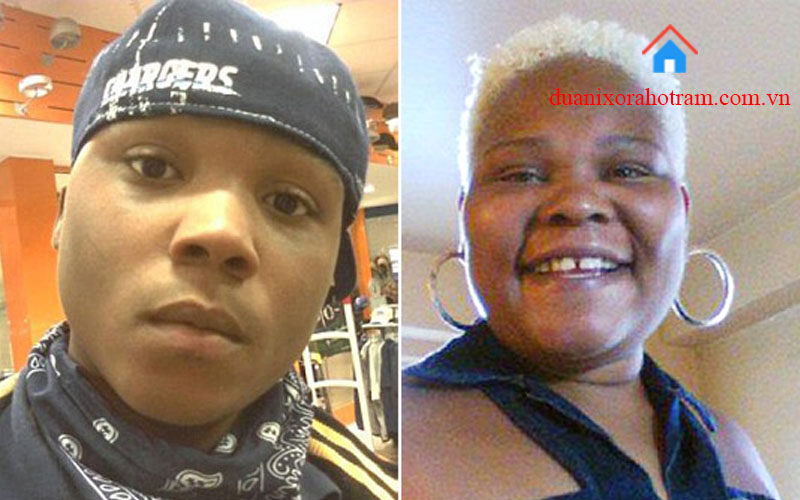
The charges against McLean are severe and multifaceted. He faces murder, hindering prosecution, and criminal possession of a weapon. During his court appearance, McLean made a jarring statement to the attendees, claiming, “I didn’t do anything wrong,” which starkly contrasts the grisly evidence presented by the authorities. His attire, a trash bag, was a result of his own shorts being soaked through after he reportedly urinated on himself, leading court personnel to improvise his courtroom appearance.
McLean’s defense attorney, Jerry Iannece, highlighted that his client was off his medication at the time of his arrest, though the specifics of the medication were not disclosed. Iannece emphasized the principle that underpins the American legal system: “Everybody’s innocent until proven guilty.” As McLean was held without bail and placed under suicide watch and protective custody, the legal proceedings began to delve into a case that has captured the attention of the public due to its shocking nature and the tragic end of a woman described by those who knew her as a caring mother. The court also ordered a psychiatric evaluation to assess McLean’s mental state, adding another layer of complexity to this already intricate and horrifying case.
| Aspect | Details |
|---|---|
| Defendant | Bahsid McLean, 23, New York resident, accused of murdering and dismembering his mother, Tanya Byrd. |
| Victim | Tanya Byrd, 45, home health aide, last seen alive days before her dismembered body was found. |
| Crime Scene | Byrd’s body was found distributed across several city blocks in the Bronx, concealed within plastic garbage bags. |
| Charges | McLean faces charges of murder, hindering prosecution, and criminal possession of a weapon. |
| Court Appearance | McLean appeared in court wearing a garbage bag, claiming innocence and was placed under suicide watch and protective custody. |
| Defense and Legal Actions | Defense attorney Jerry Iannece cites McLean was off his medication; court ordered psychiatric evaluation to assess mental state. |
Contents
Background Information
Tanya Byrd, a 45-year-old resident of the Bronx, led a life marked by her dedication to helping others in her role as a home health aide. Known for her caring nature and commitment to her profession, Byrd’s disappearance early in the week sent ripples of concern through her community and family. The alarming nature of her absence became gruesomely clear when her remains were discovered in a shocking state, bringing to light the tragic end she met.
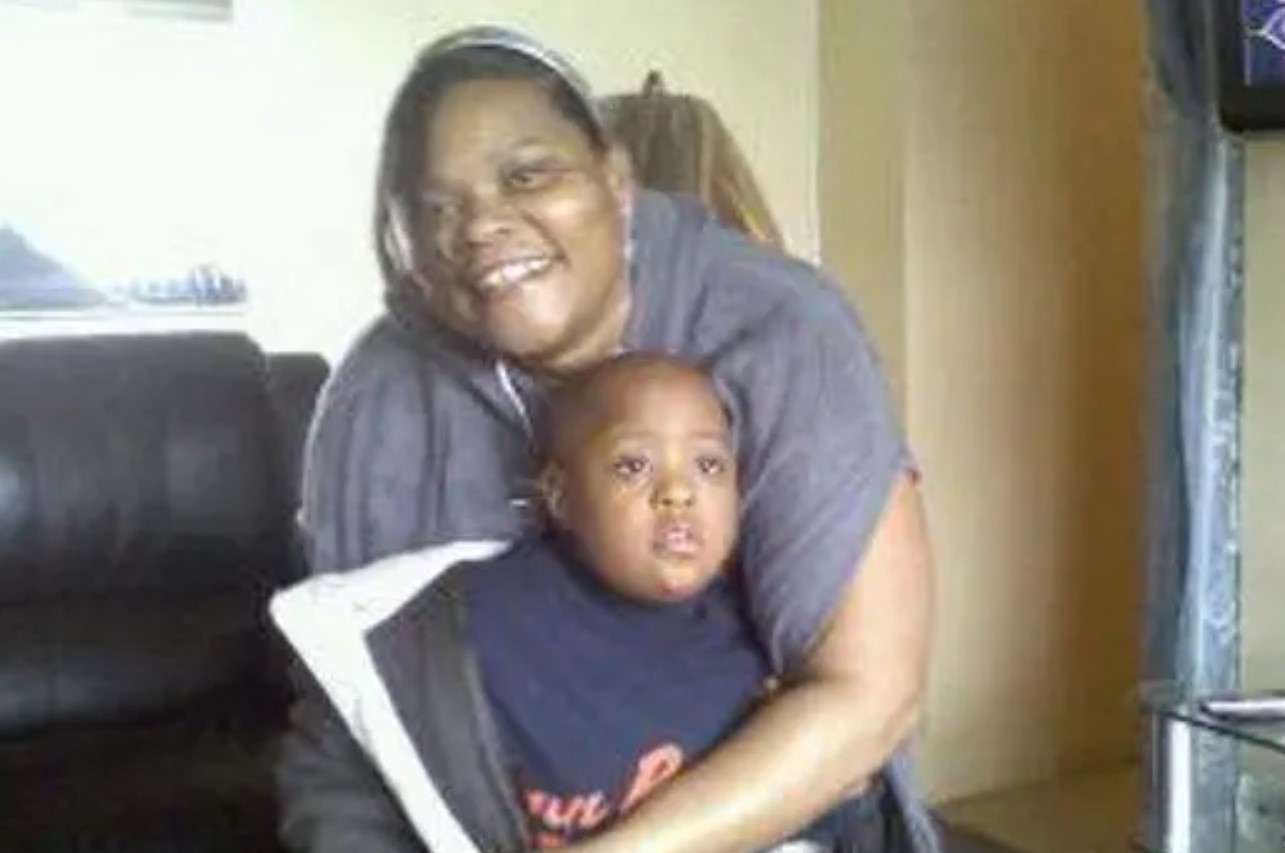
The discovery of Byrd’s remains was as disturbing as it was heartbreaking. Early Tuesday morning, a neighbor’s dog, while sniffing along a Bronx street, uncovered one of four plastic garbage bags. The bag contained a bloodied leg, signaling the start of a horrifying scene. Police were quickly called to the scene, where they found three additional bags within a four-block radius. These bags contained further dismembered parts of Byrd’s body, including her head, part of her torso, and other limbs, painting a gruesome picture of the crime.
The scattered remains suggested a deliberate attempt to hide the evidence of the crime in a densely populated area, reflecting a cold calculation on the part of the perpetrator. This discovery not only horrified the community but also set off an intensive investigation by local authorities, aimed at understanding the circumstances that led to such a brutal act.
| Aspect | Details |
|---|---|
| Individual | Tanya Byrd, 45, home health aide, Bronx resident. |
| Initial Event | Disappearance early in the week, community and family concerned. |
| Discovery | Remains found in a shocking state; body parts discovered in four plastic garbage bags by a dog and the police. |
| Details of Scene | First bag contained a bloodied leg; three additional bags found within a four-block radius with more body parts. |
| Implications | Discovery suggests a deliberate attempt to hide crime evidence; led to an intensive investigation by local authorities. |
Incident Overview
The case against Bahsid McLean began to unfold with his arrest alongside an acquaintance, 26-year-old William Harris. The allegations were grave: McLean was accused of stabbing his mother, Tanya Byrd, and then, with Harris’s help, dismembering her body. This act of violence was not only shocking in its brutality but also in the calculated manner in which her body was treated post-mortem.
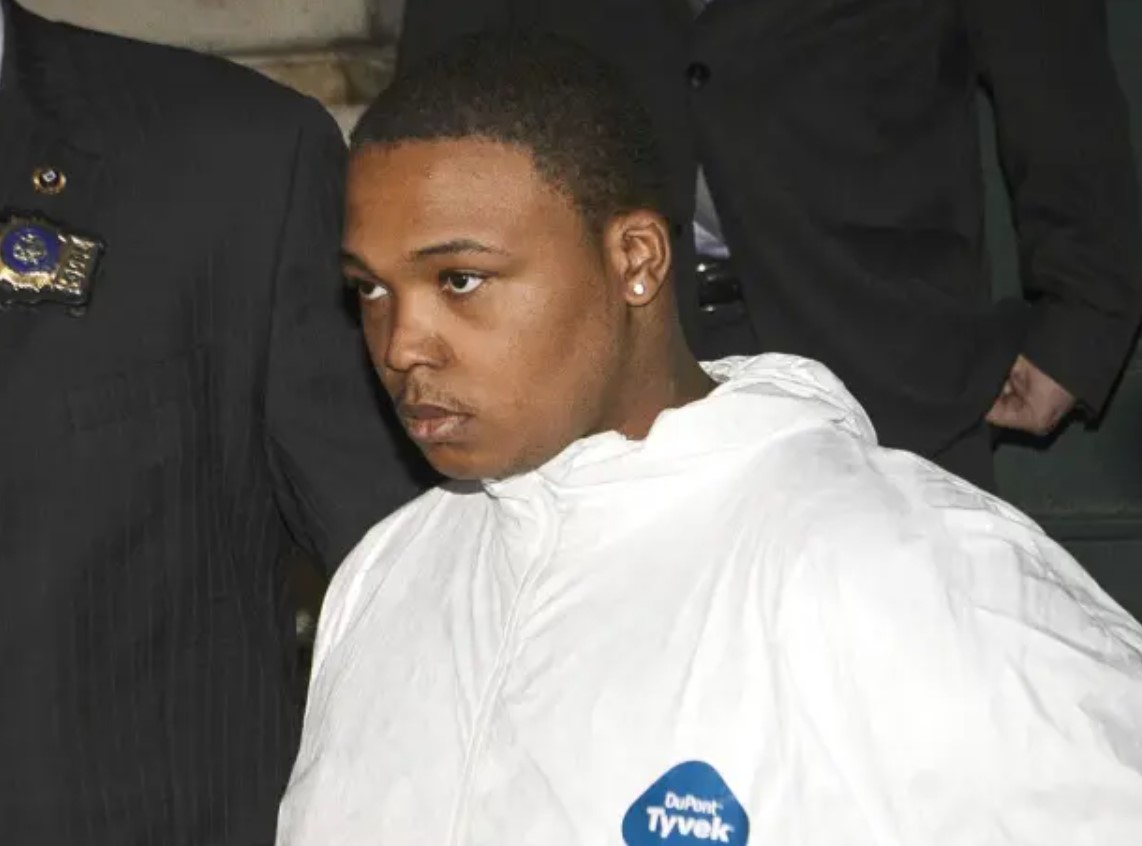
According to the criminal complaint, the dismemberment took place in the apartment McLean shared with his mother. It is alleged that after killing her, McLean and Harris used several tools to dismember Byrd’s body, which they then packed into several plastic garbage bags. The meticulous effort to conceal the crime was evident in how the body parts were distributed across multiple locations, presumably in an attempt to prevent or delay the discovery and identification of the remains.
Witnesses later reported seeing an SUV, believed to be driven by McLean and Harris, dropping the bags off under the cover of night. This detail suggested a premeditated plan to dispose of the body discreetly, highlighting the gruesome nature of the crime. The use of Byrd’s own home as the site of the dismemberment added a layer of betrayal and horror to the act.
Upon searching the apartment and Harris’s residence, police discovered a blade and a saw tools allegedly used in the dismemberment process. These findings served as damning evidence against the duo, further complicating their defense. Initially, both men implicated each other in the killing, reflecting a chaotic and desperate attempt to deflect responsibility.
As the investigation continued, the nature of the crime and the involvement of both McLean and Harris drew significant attention, not only for the brutality of the act but also for the psychological and legal complexities surrounding it. The community and Byrd’s family were left to grapple with the horrific details of her death, seeking justice while trying to come to terms with the unimaginable nature of the crime. The case against McLean and Harris, thus, extends beyond a mere criminal trial, probing into the darkest aspects of human actions and the consequences thereof.
| Aspect | Details |
|---|---|
| Accused | Bahsid McLean and William Harris, accused of stabbing and dismembering Tanya Byrd. |
| Crime Details | The dismemberment occurred in the apartment McLean shared with his mother, using several tools to segment and pack the body into plastic bags. |
| Method of Disposal | Body parts were distributed across multiple locations, with McLean and Harris allegedly using an SUV to transport and dispose of the bags at night. |
| Evidence | Police found a blade and a saw at McLean’s apartment and Harris’s residence, tools allegedly used in the dismemberment. |
| Legal Complexity | Initially, both men implicated each other; the investigation highlights brutal crime details and psychological, legal complexities. |
| Impact on Community | The crime has deeply affected the community and Byrd’s family, who seek justice while dealing with the horrific nature of her death. |
Court Appearance
Bahsid McLean’s court appearance was as unconventional as it was shocking. Clad in a black garbage bag, McLean’s attire was not a deliberate choice but a necessity, provided by court personnel after his own clothes became unusable due to him urinating on himself. This unsettling detail highlighted the distressing circumstances surrounding his appearance. In court, McLean’s demeanor was erratic and confused, which only added to the spectacle. Throughout the proceedings, he maintained a defiant attitude, insisting on his innocence despite the overwhelming evidence presented against him.
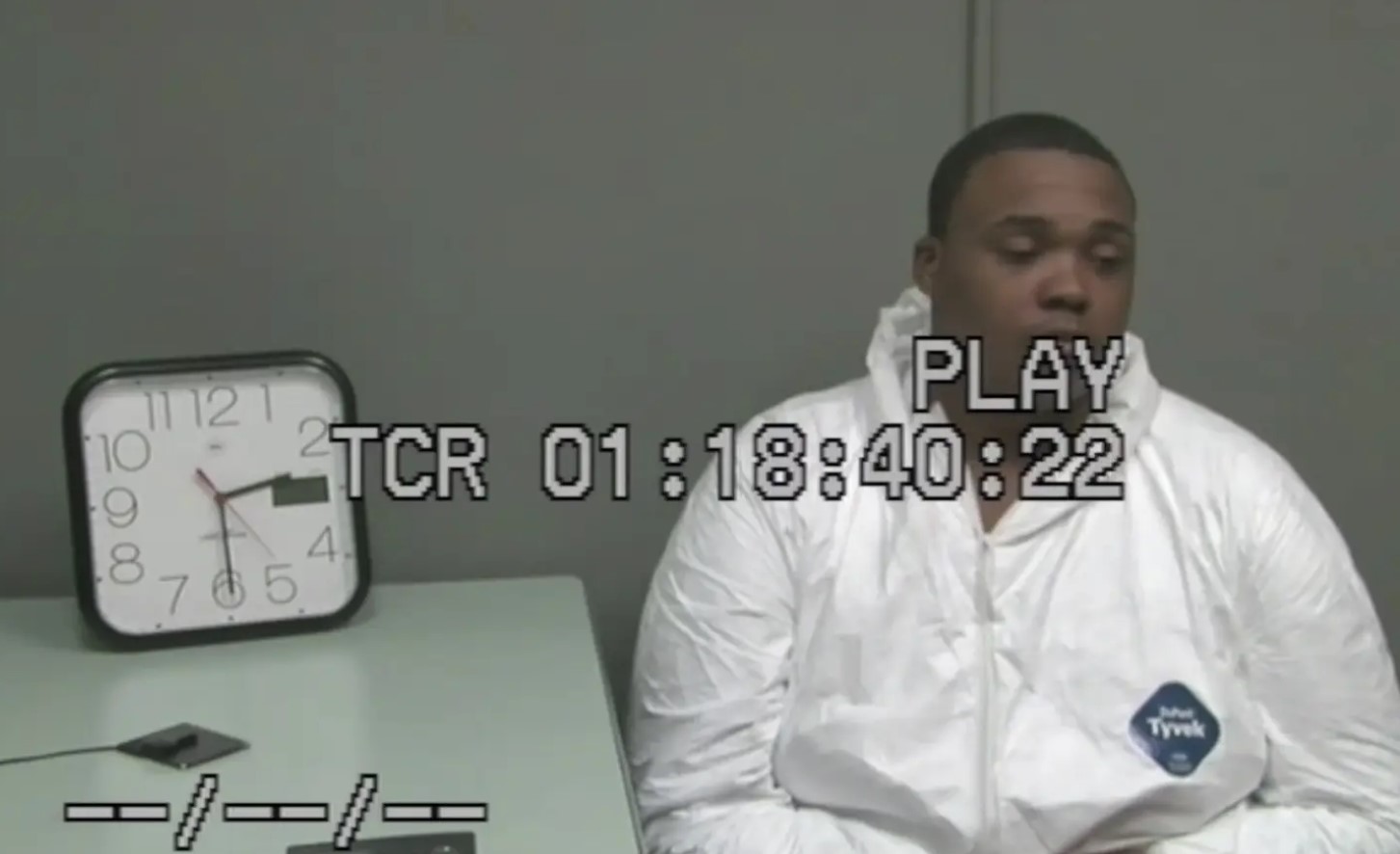
“I didn’t do anything wrong,” McLean declared in court, a statement that stood in stark contrast to the charges laid before him. His attorney, Jerry Iannece, offered some insight into McLean’s state of mind, suggesting that his client’s mental health was a significant factor. “My client was unfortunately off his medication,” Iannece stated, though he did not specify which type of medication McLean required. This aspect of McLean’s defense indicated a potential argument of diminished capacity, although this would need to be thoroughly examined and proven in court.
Jerry Iannece also emphasized the foundational principle of the American justice system, reminding the court and the public, “Everybody’s innocent until proven guilty.” He acknowledged the troubling nature of the case but assured that a thorough investigation and defense were underway. “Obviously, this is a troubling case, but we will investigate and defend it thoroughly,” Iannece remarked, highlighting the complexities involved in mounting a defense under such sensational circumstances.
| Aspect | Details |
|---|---|
| Court Appearance | Bahsid McLean appeared in court wearing a black garbage bag, a necessity due to his own clothes being unusable after urinating on himself. |
| Defendant’s Demeanor | Erratic and confused demeanor in court; maintained a defiant attitude, insisting on his innocence. |
| Statement in Court | McLean declared, “I didn’t do anything wrong,” despite facing serious charges. |
| Mental Health Defense | Attorney Jerry Iannece highlighted McLean’s mental health issues, stating he was off his medication at the time, suggesting a defense of diminished capacity. |
| Legal Principle Emphasized | Jerry Iannece reminded the court of the principle “Everybody’s innocent until proven guilty,” emphasizing a thorough investigation and defense. |
Legal Proceedings
The legal proceedings against Bahsid McLean and William Harris were laden with grave accusations. McLean faced multiple charges including murder, hindering prosecution, and criminal possession of a weapon. His co-defendant, Harris, was similarly charged with aiding in the dismemberment and also faced charges of hindering prosecution. The specifics of these charges painted a grim picture of premeditated murder and an elaborate attempt to conceal their heinous act.
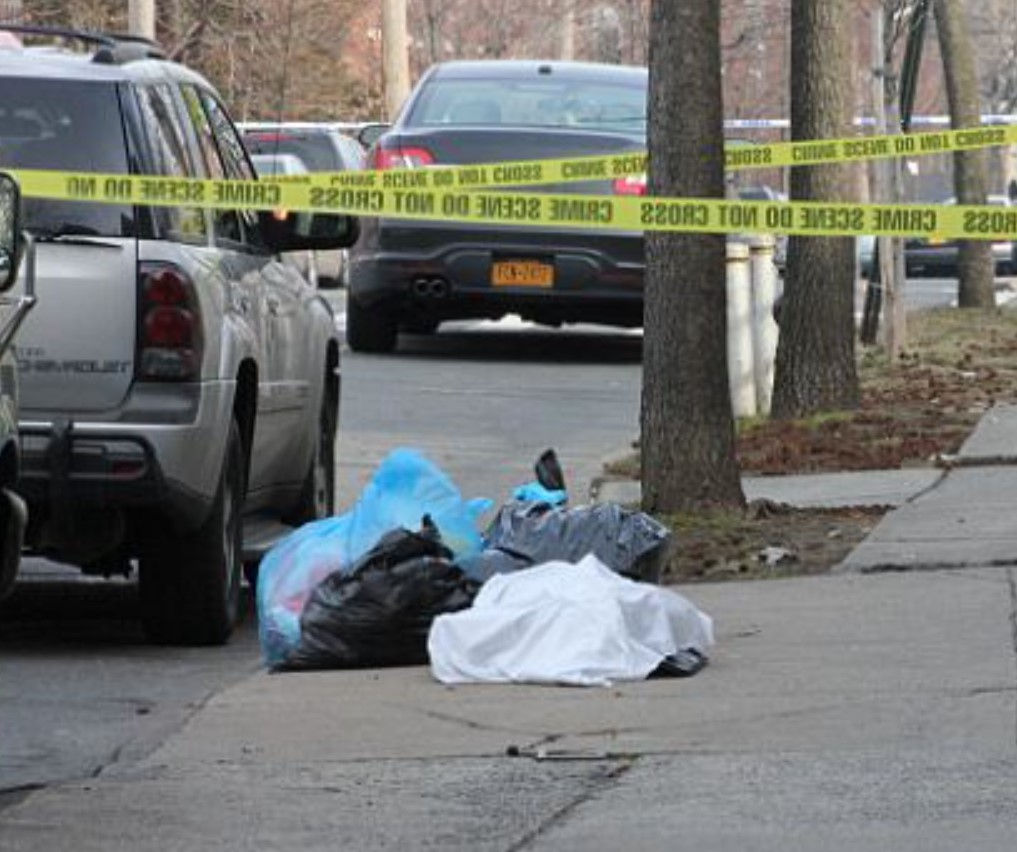
The court took several decisive actions in light of the severity of the accusations and the evidence presented. Firstly, McLean was held without bail a decision reflecting the perceived danger he posed to the community and the risk of flight. Furthermore, the court ordered a psychiatric evaluation to assess McLean’s mental state, an important step given the defense’s claims regarding his mental health. This evaluation was intended to determine if McLean’s mental condition could influence the proceedings or potentially qualify him for a specific type of legal defense.
Both defendants were placed under suicide watch and held in protective custody, indicating the court’s recognition of the emotional and psychological volatility of the situation. This measure was not only for their own safety but also to maintain the integrity of the legal process as it moved forward.
The charges of unlawfully dissecting a human body brought against both men highlighted the gruesome nature of their alleged crimes and were a stark reminder of the brutality of the act they were accused of. These charges also opened the door for serious legal ramifications, including the potential for life imprisonment if convicted.
As the case progressed, the legal strategy of the defense became a point of keen interest. With the psychiatric evaluation pending and the initial claims of innocence clashing with the evidence, the unfolding courtroom drama promised to be both complex and contentious. The community, the media, and the victim’s family all awaited the outcome, eager for justice and answers in a case that had shaken the city to its core.
| Aspect | Details |
|---|---|
| Defendants | Bahsid McLean and William Harris faced charges including murder, hindering prosecution, and criminal possession of a weapon. Harris also charged with aiding in dismemberment. |
| Court Actions | McLean held without bail; both defendants ordered psychiatric evaluations and placed under suicide watch and protective custody. |
| Legal Significance | Charges underscored the premeditated nature of the crime and involved serious ramifications like potential life imprisonment. |
| Legal Strategy | Defense’s strategy under scrutiny, particularly with pending psychiatric evaluations and the defendants’ claims of innocence versus the evidence. |
| Community Response | The community, media, and victim’s family keenly await the outcome, seeking justice in a case that has deeply impacted the city. |
Investigation Details
The investigation into the brutal murder and dismemberment of Tanya Byrd led detectives to uncover significant evidence in the residences of Bahsid McLean and his alleged accomplice, William Harris. In McLean’s apartment, which he shared with his mother, police discovered a blade that forensic analysis later confirmed was used in the dismemberment. This key piece of evidence tied McLean directly to the crime, bolstering the prosecution’s case against him.
Further searches at Harris’ residence unearthed a saw, which, according to police reports, appeared to have been used to dismember Byrd’s body. The presence of such tools in Harris’ home provided a grim link between him and the horrific act, complicating his defense and deepening the narrative of premeditated involvement in the crime.
Witness testimonies further solidified the case. Neighbors reported unusual activity around McLean’s apartment around the time of Byrd’s disappearance, including the presence of an unfamiliar SUV repeatedly seen during late hours. This vehicle was later identified by security footage as being involved in transporting the garbage bags containing Byrd’s remains, dropping them off at various locations around the Bronx.
One particularly poignant discovery came from a neighbor’s dog, which unwittingly played a crucial role in uncovering the crime. The dog, while out for a walk early one morning, was drawn to one of the bags discarded on the street. This led to the gruesome discovery of Byrd’s bloodied leg, marking the beginning of the investigation’s breakthrough.
| Aspect | Details |
|---|---|
| Evidence at McLean’s Residence | A blade found in McLean’s apartment, confirmed by forensic analysis to have been used in the dismemberment of Tanya Byrd. |
| Evidence at Harris’ Residence | A saw discovered at Harris’ residence, which appeared to have been used to dismember Byrd’s body, linking Harris to the crime. |
| Witness Testimonies | Neighbors reported unusual activity and sightings of an unfamiliar SUV around McLean’s apartment, later linked to the disposal of Byrd’s remains. |
| Crucial Discovery | A neighbor’s dog discovered a bloodied leg in a bag on the street, leading to the breakthrough in the investigation. |
Family and Social Background
The dynamics within the Byrd household, as recounted by family members, painted a picture of a troubled relationship between Tanya Byrd and her son, Bahsid McLean. Relatives described ongoing conflicts, with Byrd expressing a desire for McLean to move out of the house. There were also troubling reports suggesting that McLean might have been abusing his younger sibling, adding layers of family dysfunction and potential motive for the crime.
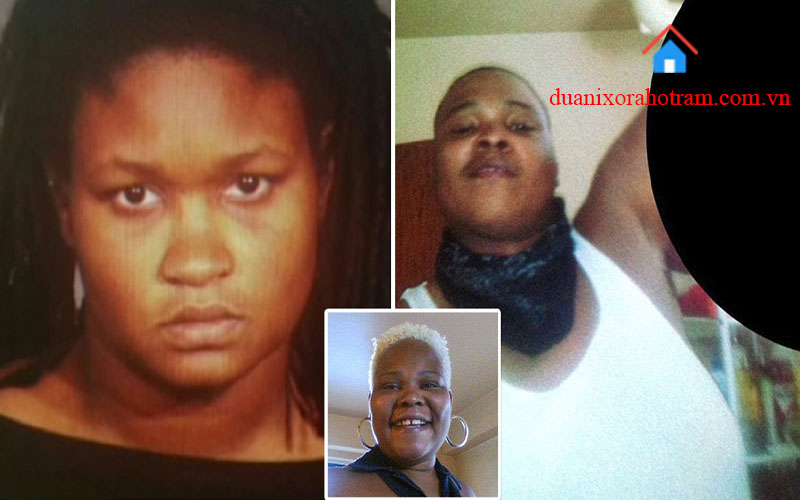
McLean’s father, James, provided further insight into his son’s troubled past. He recounted numerous incidents where Bahsid exhibited destructive and uncontrollable behavior, including setting fires. This pattern of behavior was not only a cause for concern within the family but also hinted at deeper psychological issues that might have contributed to his eventual confrontation with the law.
Bahsid McLean’s criminal record revealed a history of aggression and run-ins with law enforcement. Notably, he had been arrested in 2010 for assaulting two police officers in Brooklyn, an incident that underscored his capacity for violence. This background, coupled with the current charges, painted a complex picture of a young man deeply entangled with both personal and legal troubles.
The unfolding investigation and the details emerging from both the crime scene and the family background suggested a disturbing blend of premeditated murder and familial strife. As detectives pieced together the narrative, the evidence pointed toward a chilling conclusion: that McLean, possibly with Harris’ assistance, had planned and executed a crime of unimaginable brutality against his own mother. This case not only captured public attention due to its macabre details but also raised questions about mental health, familial responsibilities, and the profound tragedies that can result from their intersection.
| Aspect | Details |
|---|---|
| Family Dynamics | Conflicts between Tanya Byrd and Bahsid McLean, with Byrd wanting McLean to move out; reports of McLean abusing his younger sibling. |
| Behavioral Issues | James McLean (father) noted Bahsid’s history of destructive behavior, including setting fires and uncontrollable actions, indicating deep psychological issues. |
| Criminal Record | Bahsid McLean had a history of aggression, including a 2010 arrest for assaulting police officers, highlighting his violent tendencies. |
| Case Development | Evidence and family background suggest premeditated murder by McLean, possibly with assistance from William Harris, against his mother. |
| Public and Legal Impact | The case raises issues of mental health, familial responsibilities, and the consequences of their failure, attracting significant public attention. |
The legal proceedings involving Bahsid McLean and William Harris are a stark reminder of the justice system’s careful balancing act: ensuring a fair trial while dealing with public sentiment and the raw emotions of all involved. Central to this process is the presumption of innocence, a cornerstone of legal practice that upholds the idea that an accused person is innocent until proven guilty beyond a reasonable doubt. This principle is particularly poignant in cases with significant media attention and public scrutiny, where community sentiments can run high.
The case of Tanya Byrd’s brutal murder has not only captivated the Bronx community but also highlighted the profound impact such violent crimes have on families and neighborhoods. The tragic loss of Byrd, a caring mother and dedicated health aide, has left an indelible mark on her family, who must grapple with the dual pain of her violent death and the alleged involvement of her son. The community, too, reels from the ripple effects of this crime, confronting the unsettling reality of violence lurking within what should be the safest havens our homes.
As the legal battle unfolds, the broader societal implications resonate deeply. The importance of mental health support, the stresses within family units, and the capabilities of the criminal justice system to handle cases involving mental illness and familial violence are all under scrutiny. This case serves as a painful reminder of the critical need for vigilance, empathy, and comprehensive social services to prevent such tragedies.
While the legal process strives to ascertain guilt and administer justice, the broader conversation it sparks about safety, mental health, and familial harmony is perhaps its most enduring legacy, urging a collective reflection and response from us all.
Global News -Son Holding His Mom Head No Blur Twitter: Unfiltered Emotion
Bahsid McLean Original Photo No Blur Exposes Harsh Realities
Kazan School Photo Footage No Blur: Unforgettable Moment
Yuka Takaoka Picture – Unveiling the Alluring Charm
Sarah Jakubecz Ink Master Photo – Stunning Portfolio
Liha Lavales Photo: A Collection of Stunning Photos
Hisashi Ouchi Real Photo No Blur and Details of The Incident
